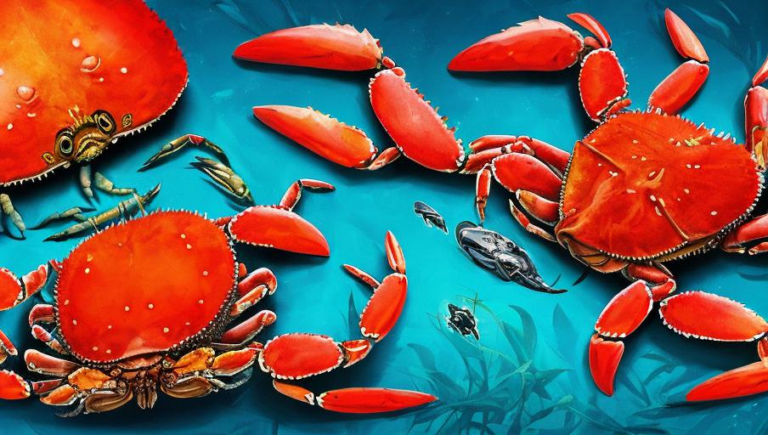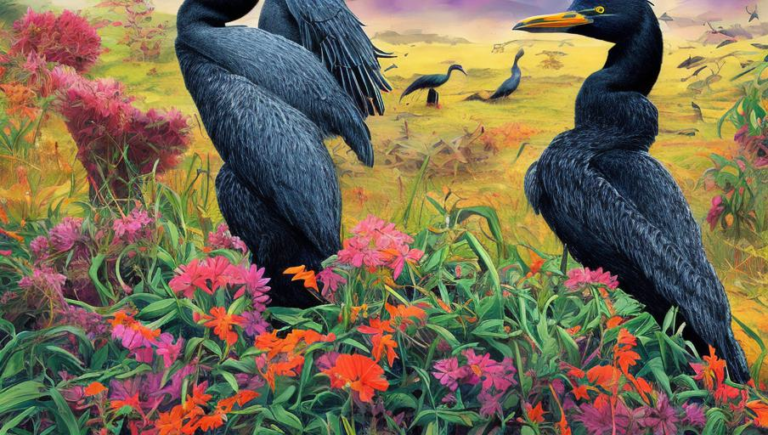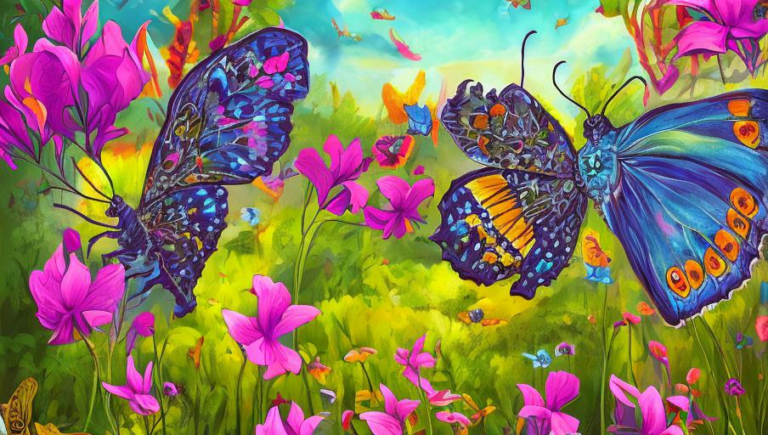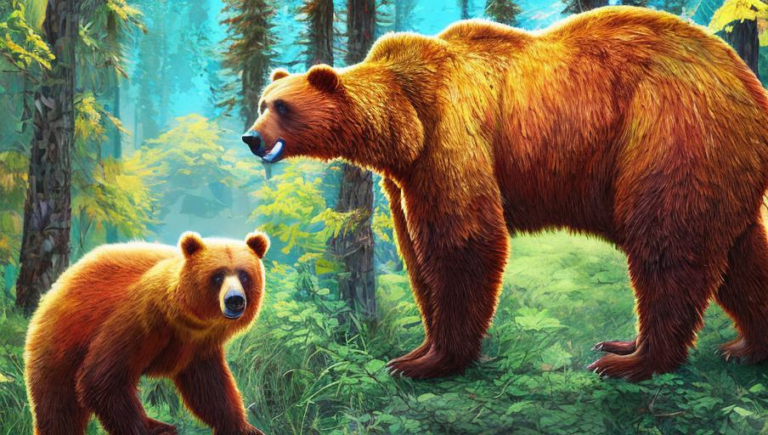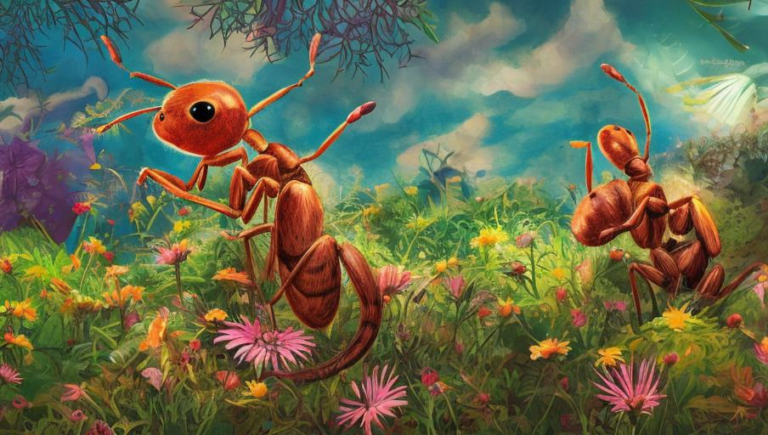Aardvarks and Their Role in the Environment
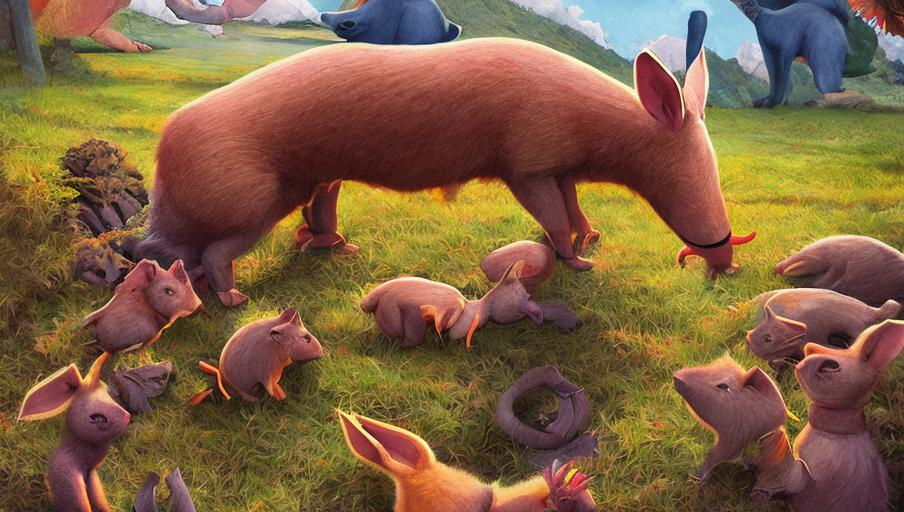
An Introduction to Aardvarks
Aardvarks are nocturnal, burrowing mammals native to Africa. They are closely related to the elephant and have long, tubular snouts and powerful claws, making them well adapted to digging. Aardvarks feed primarily on ants and termites, using their long tongues to reach and slurp up their prey. Aardvarks are solitary animals, living alone or in small groups, and spend most of their time in their burrows.
Aardvarks and the Environment
Aardvarks play an important role in the environment by helping to keep insect populations in check. They are voracious predators, eating up to 50,000 insects in a single night. By helping to keep insect populations in check, they prevent outbreaks of disease and help maintain the balance of the ecosystem.
Aardvarks also help to aerate the soil. This is because they dig deep burrows, which help to aerate the soil. This helps to promote the growth of plants and other organisms, which helps to maintain the balance of the ecosystem.
The Threats to Aardvarks
Unfortunately, aardvarks are threatened by a number of factors. These include habitat loss, poaching, and human-wildlife conflict. Habitat loss is a major threat to aardvarks, as their natural habitat is being destroyed to make way for agriculture, development, and other human activities. Poaching is also a major threat, as aardvarks are hunted for their meat and their hides. Finally, human-wildlife conflict is a major threat, as aardvarks are seen as a threat to livestock and crops, and are often killed by humans in retaliation.
Conservation Efforts
Fortunately, there are a number of conservation efforts in place to protect aardvarks. These include habitat protection, anti-poaching efforts, and human-wildlife conflict mitigation. Habitat protection is important, as it helps to ensure that aardvarks have enough space to live and breed. Anti-poaching efforts are also important, as they help to deter poachers from hunting aardvarks. Finally, human-wildlife conflict mitigation is important, as it helps to reduce the number of aardvarks killed by humans.
Overall, aardvarks are an important species in the environment. They help to keep insect populations in check, aerate the soil, and provide a number of other benefits. Unfortunately, they are threatened by habitat loss, poaching, and human-wildlife conflict. Fortunately, there are a number of conservation efforts in place to protect aardvarks and help ensure their survival.
